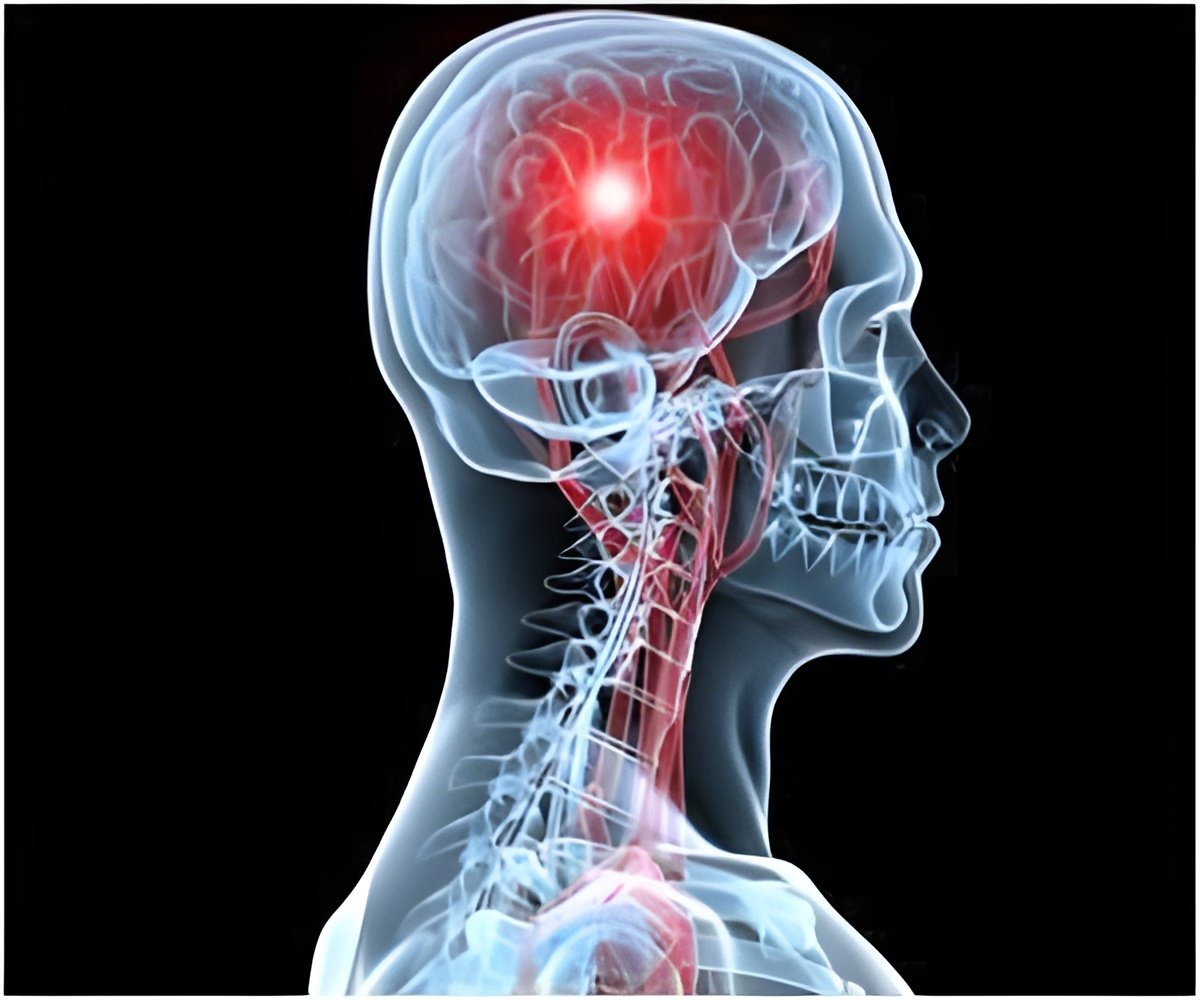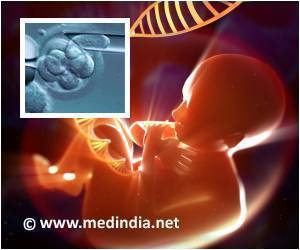
Our brain mechanism perceives human bodies from inanimate objects and shows a particular response. A part of a region of the "visual cortex" that processes visual information supports this mechanism. Since visual information is largely used in perception, this is reasonable, however, for perception using haptic information and also for the recognition of one's own gestures, it has been recently learned that the same brain region is activated. It came to be considered that there is a mechanism that is formed regardless of the sensory modalities and recognizes human bodies.
Blind and sighted individuals participated in the study of the research group of Assistant Professor Ryo Kitada of the National Institute for Physiological Sciences, National Institutes of Natural Sciences. With their eyes closed, they were instructed to touch plastic casts of hands, teapots, and toy cars and identify the shape. As it turned out, sighted individuals and blind individuals could make an identification with the same accuracy. Through measuring the activated brain region using functional magnetic resonance imaging (fMRI), for plastic casts of hands and not for teapots or toy cars, the research group was able to pinpoint a common activated brain region regardless of visual experience. On another front, it also revealed a region showing signs of activity that is dependent on the duration of the visual experience and it was also learned that this region functions as a supplement when recognizing hand gestures.
As Assistant Professor Ryo Kitada notes, "Many individuals are active in many parts of the society even with the loss of their sight as a child. Developmental psychology has been advancing its doctrine based on sighted individuals. I wish this finding will help us grasp how blind individuals understand and learn about others and be seen as an important step in supporting the development of social skills for blind individuals."
Source-Eurekalert













